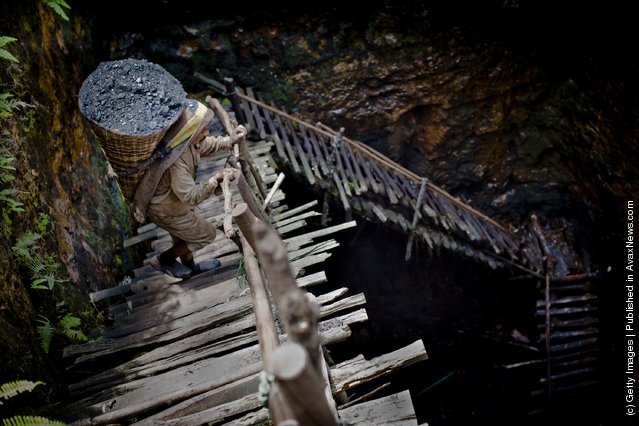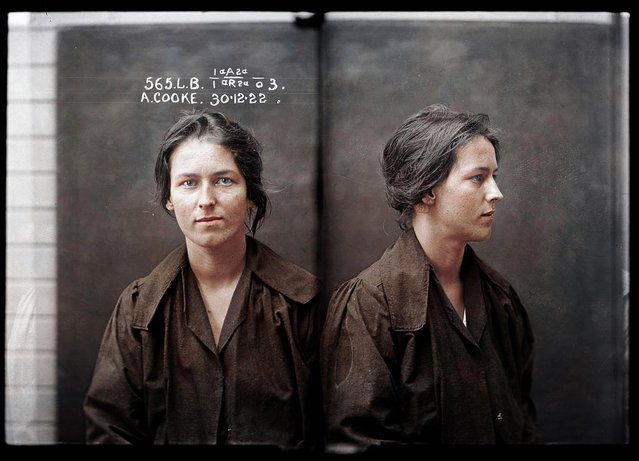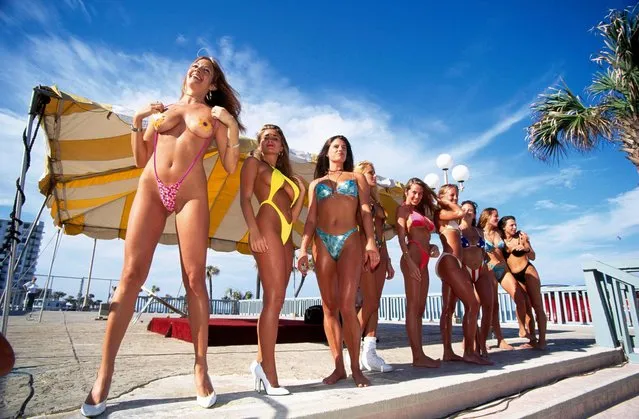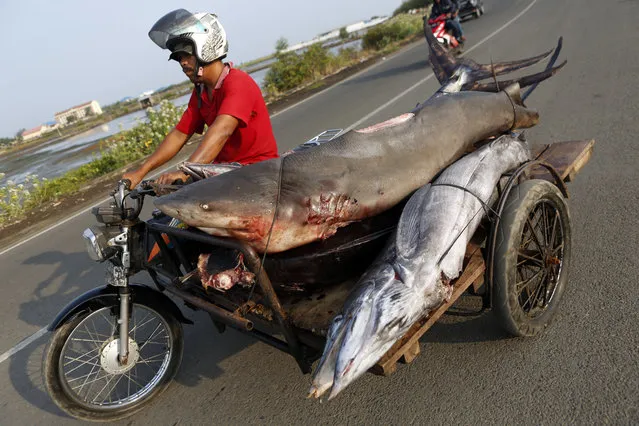
38 year old Prabhat Sinha, from Assam, carries a load of coal weighing 60kg's, supported by a head-strap, as he ascends the staircase of a coal mine on April 16, 2011 near the village of Khliehriat, in the district of Jaintia Hills, India. (Photo by Daniel Berehulak/Getty Images)
15 May 2011 07:45:00,post received
0 comments







